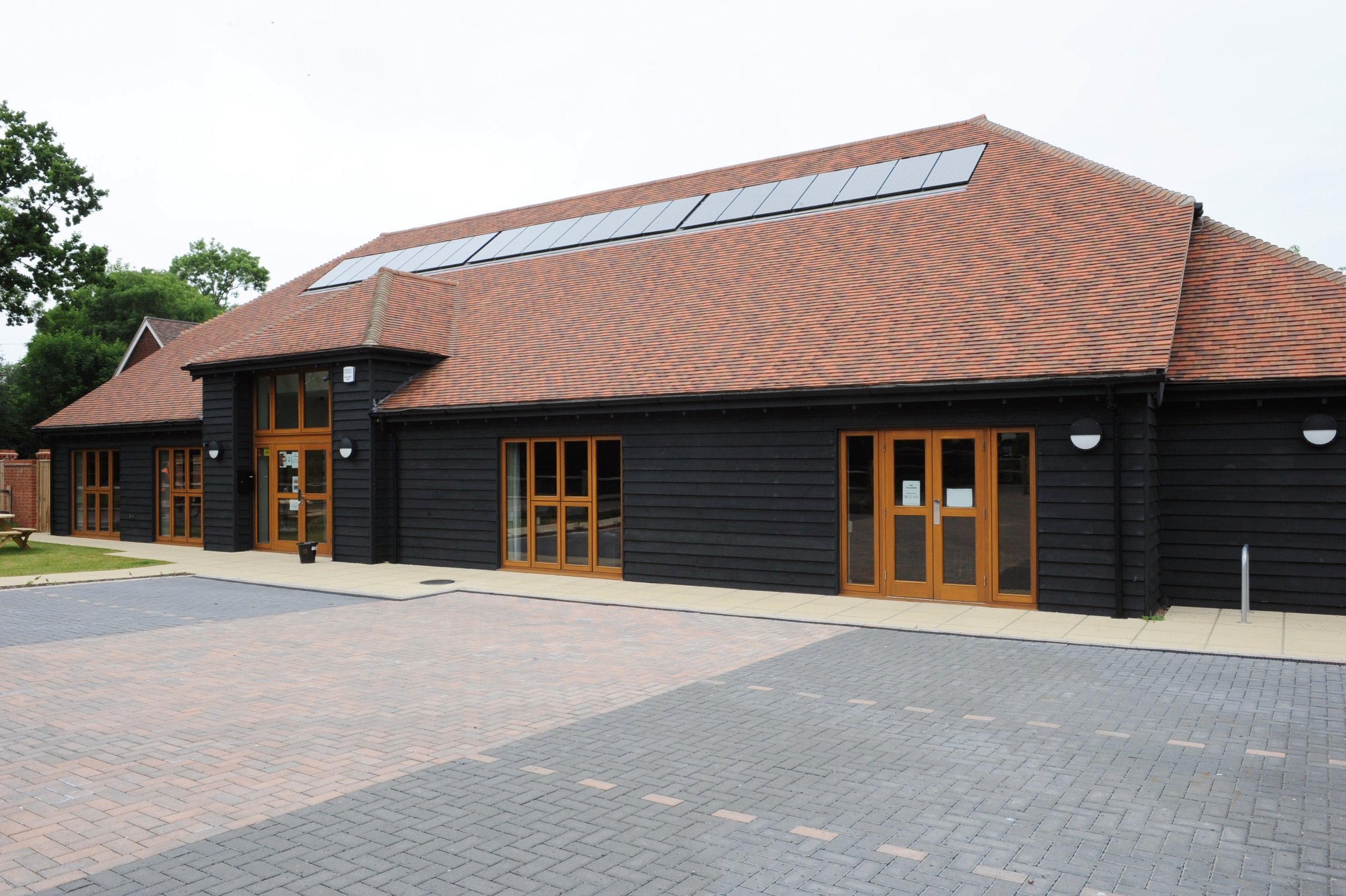French Oak Felling this Spring
Our Managing Directors, Dave West and Simon Smith took an eagerly awaited trip to France this spring to fill a hole in their oak inventory. But in different directions! Dave headed to the north east of France to source french logs for both joinery and beam quality, and Simon went with our timber buyer, Ian Booker further west to buy kiln dried plank.
WL West & Sons have been trading in France for the finest logs and boules for over 30 years, however, there’s more to the story, take a read to see what they got up to, and why.
Logs for the sawmill
Dave met with his round timber agent of over 30 years, to choose logs to restock our inventories. It’s not a secret that large amounts of round timber are sold in the UK on an auction/sealed bid basis. The quantities can vary from 1 lorry load, to 10. Of course, as an independent company, 10 lorry loads would be a huge value for W L West & Sons to bid for. In addition, the grade of this timber is extremely varied, from fencing grade to A-grade. Therefore, there might be timber that we, as a company, do not need or want, and would mean we were being wasteful. Furthermore, it’s extremely hard to forward plan when attending an auction as it is uncertain whether you will be successful in your bids or not.
France forestry
However, in France and many other European countries, we can be far more selective in the timber we purchase. They have over 34% of croppable land area dedicated to hardwoods. In the UK, it’s a little over 11.5%, therefore, there is much more timber widely available in forests managed and rotated with clear planning. As a result, we can choose the logs we would like, select where the logs need to measure in length and cross cut, and of course, we can approve the quality. It’s vital to us to inspect every material before it’s tagged and logged onto our system as stock inventory. It’s an extremely different way of purchasing than the majority of UK sales, but it ensures our clients receive top-quality materials.
It can also be difficult to source A-grade logs which are fit for joinery. Although, on this trip, we selected just over 2 lorry loads which was a fantastic result. The beam quality is easily available however, selecting just under 5 lorry-loads on this trip. Therefore, a huge success!
We also met with our agent and spent 2 days visiting a number of forests. This included the agents own yard to select the logs, measure the diameter, the length and then record the findings.
This time it was a 2 days visit in a number of forests. This included the agents own yard to select the logs, measure the diameter, the length and then record the findings.
For those unaccustomed with this practice, we then input this data into Mid Diameter Sawlog Tables which calculates the volume of the log, also known as Hoppus measure, but that’s a subject for a future blog.
Boules for our customers
For Simon and Ian, they headed south on the ferry to Northern France and headed down to the Tours area. Their remit was a little different, they were looking for excellent quality kiln dried, waney edged boules – logs that have been milled and dried into a variety of thicknesses from 27mm through to 80mm. This is a labour intensive job as we inspect every board of every boule, measure and tag them with our identity tags. We also batch check the moisture content to ensure that there isn’t a massive difference in the boules that we select.
You may wonder why we don’t sawmill all of our timber requirements ourselves, and it’s a good question. It’s useful to not put all of your eggs in one basket, we can have some control over what we saw when selecting logs. But, this is a slow process, as once the logs have been sawn they have to air dry for 1 year for every 27mm (1 inch) thickness, so as you can imagine, for the 80mm this is a 3 year investment before we can sell it.
By buying boules that are sawn and dried, we can get them immediately to the marketplace, pure economics really.
Both of the trips were successful which will culminate in 8 articulated loads of timber heading across the channel over the next few weeks!
What’s the difference between French Oak and English Oak?
There isn’t a major difference between English and French felled Oak. They are all classified as Quercus Robur, however the growing season can be slightly longer as you go further south. As a result, growth rings may differ in width.
Although, the size of the Oak is different. The French forests are larger, meaning Oak can grow taller and in bigger quantities. This essentially means that we, as a supplier, have a large variety of options. Which is great for our stock inventory, and fantastic for our clients.
Overcoming Challenges in the French Timber Industry
There are currently a number of campaigns by the French timber industry requesting the French government to restrict the sale of logs that have not had a first conversion in France. This is predominantly aimed at the Chinese market where they have been buying a considerable volumes of timber each year. We are hoping that if they do restrict, it will be mostly aimed at that market, so this is something we will keep up-to-date with!
Overall, we had a fantastic time sourcing the top-quality French Oak which our clients know and love for their projects. If you’re in need of some of this incredible stock, please do not hesitate to reach out to one of our friendly team and they will be in touch.
WL West Timber is a family-owned sawmill & timber merchant in West Sussex with over 155 years’ industry experience. We provide a wide range of air-dried oak and kiln-dried oak timber products and supplies. We also build and install custom projects for our customers.
For more news, tips and updates, follow us on Facebook, Twitter, or Instagram.
For entirely finished products, timber supplies or woodworking tools, have a look at our online shop.





